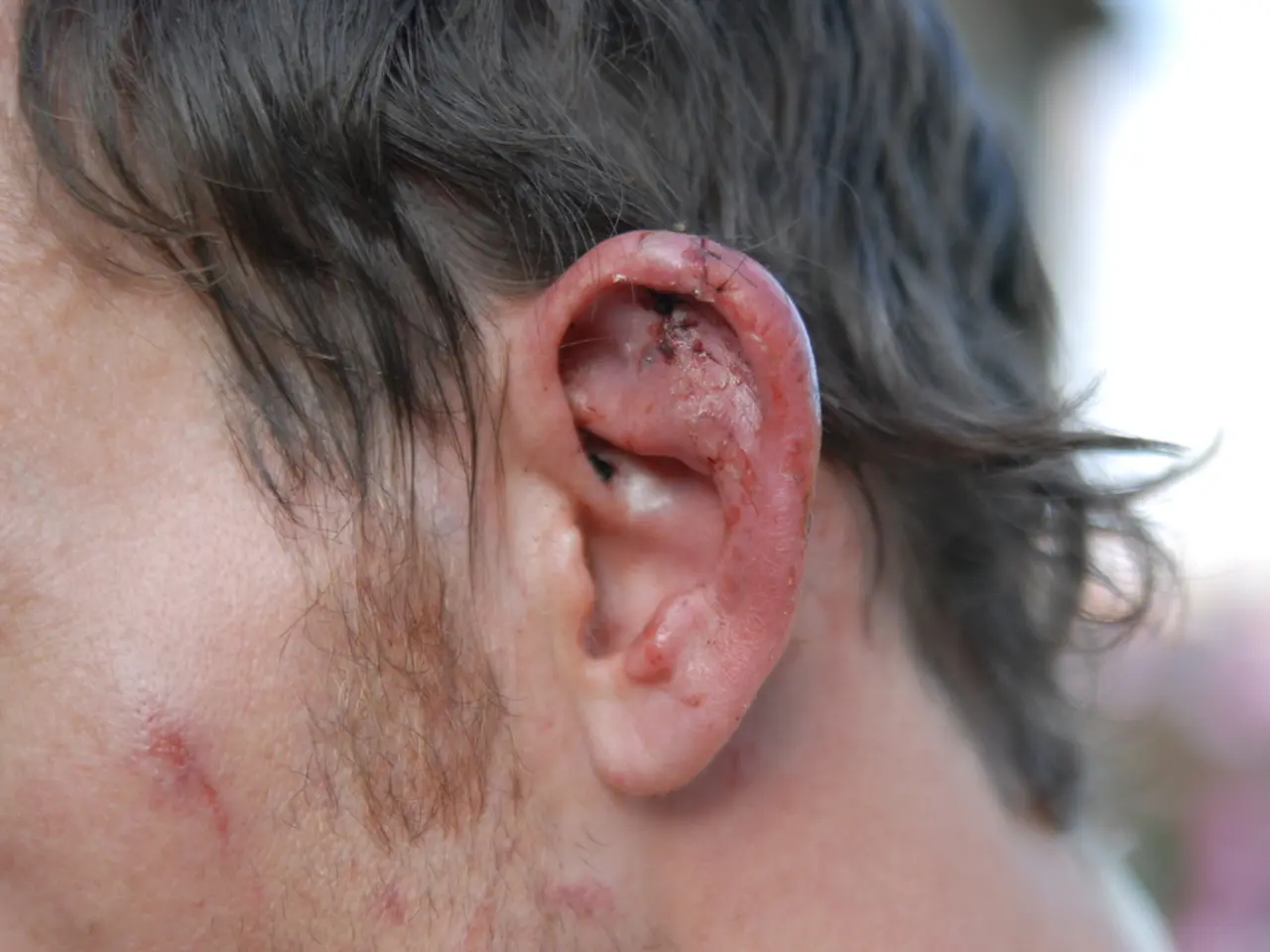Unveiling the Ear's Intricacy: How Sound and Balance Work Together
The human ear, a complex organ, plays a crucial role in both hearing and maintaining balance. It houses remarkable structures like the vestibule, cochlea, and semicircular canals, each with unique functions.
The vestibule, the inner ear's entry point, contains two sacs: the utricle and saccule. Each has a sensory patch, or macula, that monitors head position relative to the ground. The scala media, within the cochlea, holds the organ of Corti, which perceives sound. It comprises supporting cells and thousands of sensory hair cells, each with up to 100 bristle-like hairs that translate mechanical movement into electrical signals sent to the brain.
Sound waves cause vibrations in the cochlea's fluid, stimulating these hair cells. The cochlea itself is divided into three fluid-filled chambers, or scalae. Each semicircular canal contains an ampulla with a receptor structure, the crista ampullaris, that responds to rotational movements. Our sense of balance relies on these inner ear structures, visual input, and body joint receptors.
The intricate structures of the inner ear, from the vestibule's maculae to the cochlea's hair cells, enable us to perceive sound and maintain balance. Understanding these structures' functions has evolved over time, with key contributions from researchers like Ernst Mach, Robert Bárány, and others.
Read also:
- Overweight women undergoing IVF have a 47% higher chance of conceiving naturally post-weight loss
- Bonsai Trees from Evergreen Species: Exploring Growth Characteristics & Distinct Qualities
- What temperatures may make walking your canine companion uncomfortable?
- Title: Information About Beovu: Potency, Form, Usage, and Additional Details






